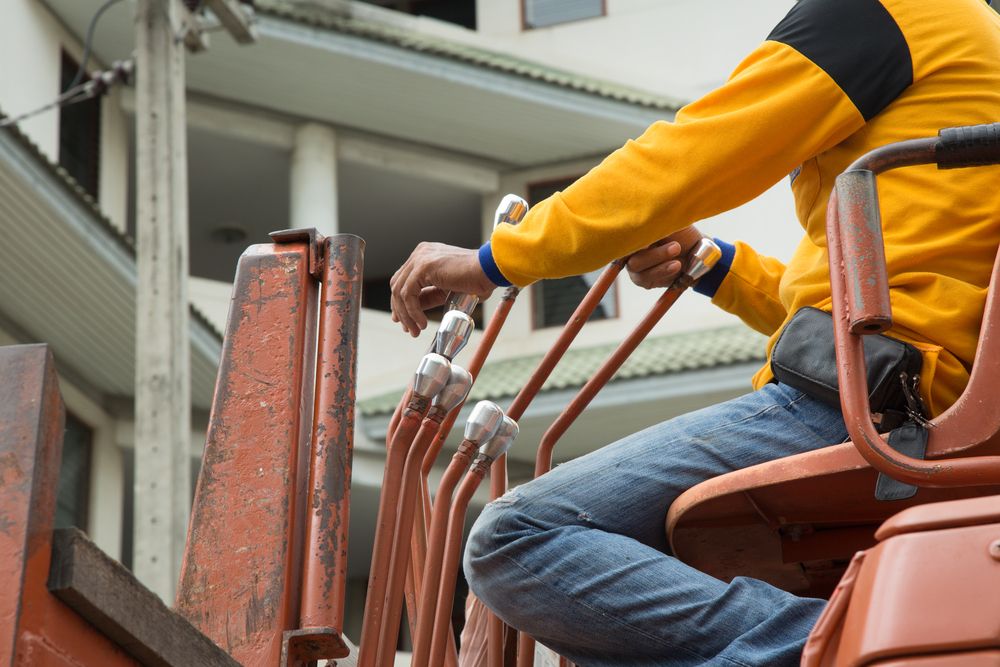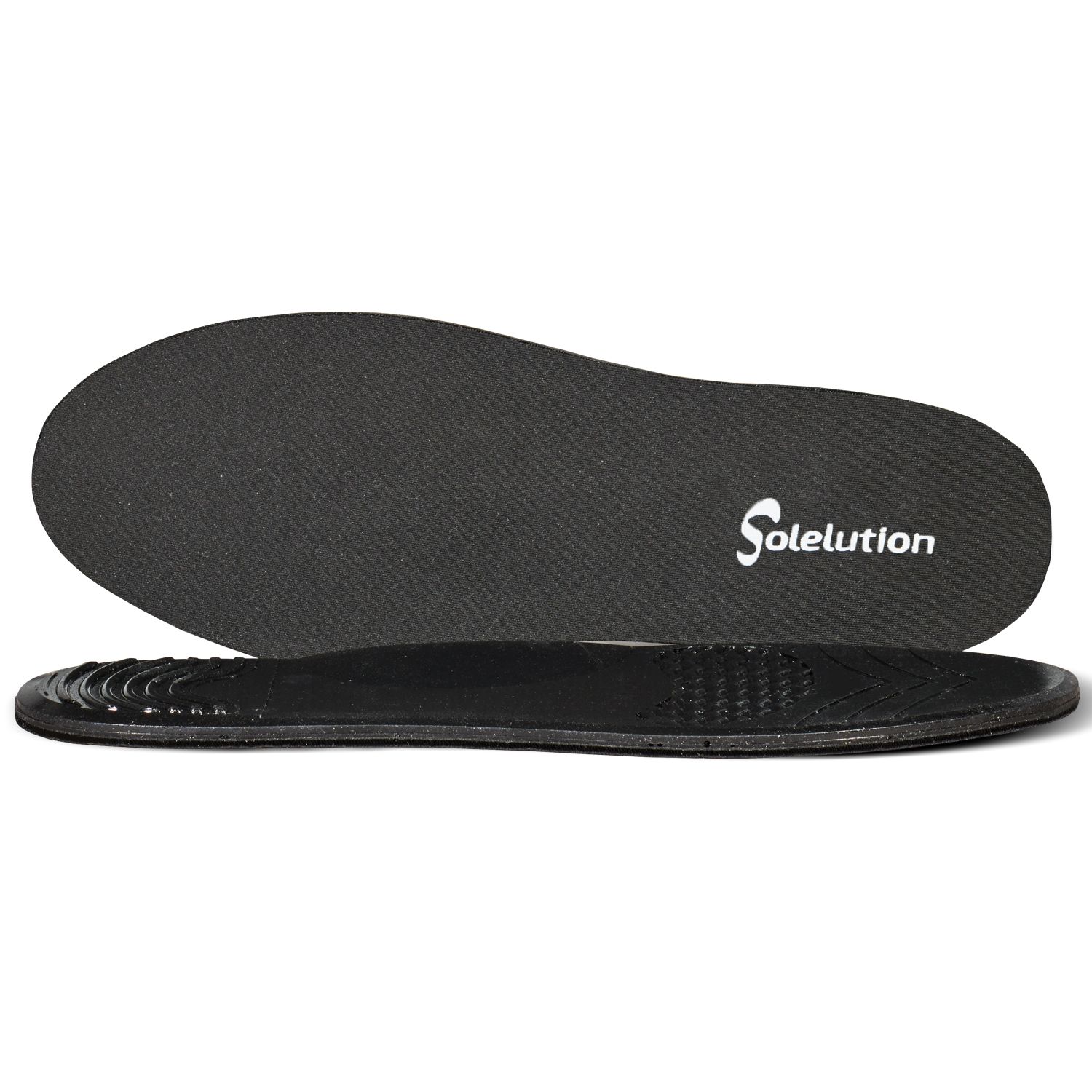Working ergonomically is important for every person. Wherever you work or whatever work you do, it is vital to do it in the right way to avoid complaints, injuries and pain. But the importance and guidelines for ergonomic working vary from sector to sector. We like to explain to you in several blogs what is important for which sector. This time it is the turn of working in construction. Are you curious about our previous blog on working in health care? Please don't hesitate to browse our blog pages!
Why ergonomics is important in construction
Ergonomics is particularly important in the construction industry because of the physical strain and risk of work-related injuries. Construction work often involves lifting and moving heavy materials, working at heights and in uncomfortable positions. If these tasks are not performed in an ergonomic way, it can lead to physical complaints such as back, neck and shoulder pain, as well as serious injuries such as herniated discs, sprains and broken bones. Ergonomics in the construction industry therefore contributes to the health and safety of workers and to the productivity and efficiency of work. By ensuring an ergonomic working environment and applying ergonomic solutions and tools, employers can reduce the risk of injuries and contribute to a healthy and safe working environment for their employees.

Ergonomic risks in the construction industry
Working in construction poses several ergonomic risks. One of the biggest risks is lifting and moving heavy materials, which can lead to strain on muscles and joints. Working at a height also poses risks, such as falling. Or adopting unnatural working postures to perform work on the roof or ceiling, for example. Other risks include making repetitive movements, exposure to vibrations and working in cramped and uncomfortable spaces. These risks can lead to physical complaints such as back, neck and shoulder pain, as well as serious injuries such as broken bones or a herniated disc. It is therefore important to recognize these risks and ensure an ergonomic working environment.
Ergonomic solutions for lifting and carrying heavy materials
Lifting and carrying heavy materials is one of the most common ergonomic risks in the construction industry. To reduce the risk of injuries and physical complaints, there are several ergonomic solutions. For instance, lifting aids and lifting equipment can be used to lift and move heavy materials. In addition, employers can ensure that materials are stored at the right height so that employees do not have to bend down unnecessarily. The use of carts and rolling containers can also contribute to an ergonomic work environment. Finally, training workers in lifting techniques and encouraging cooperation when lifting and carrying heavy materials can help reduce the risk of injury.
There are some guidelines that should be followed so that up to a weight of up to 23 kilos, with a manageable risk to health, can be lifted.
- Lift straight in front of the body.
- Grasp the object or material close to the body.
- Lift the object or material around and near hip height (75 centimetres on average).
- Try to walk with it as little as possible.
- Do not move the object or material more than 25 centimetres in a vertical direction.
- Make sure you always grasp the material or object properly.

Ergonomic aids in construction
There are various ergonomic aids in the construction industry to make work easier and safer for workers. For example, knee pads are available to protect workers while working on their knees. Special gloves and tools are also designed to reduce the risk of hand and wrist injuries when using hand tools. For larger construction work, there are general tools such as a forklift and a crane. By using these ergonomic tools, employers can contribute to a safe and healthy working environment for construction workers and reduce the risk of injuries and physical complaints. In addition to general tools, there are different ergonomic tools available for each occupational group. We list some of them for you below.
Carpenter
Carpenters can use various ergonomic tools. Think, for example, of a collapsible workbench. But a toolbox on wheels is also an incredibly handy tool for a carpenter.
Plasterer
A plasterer often makes the same movements and is therefore particularly prone to complaints and injuries. Using a smart trowel and plasterer's trowel are ergonomic tools that are indispensable.
Road paver
A paver's knees and back are particularly exposed. To counter this, the use of a tile sponge and paving machine is recommended. The knees can easily be protected by wearing knee pads.
Bricklayer
Bricklayers also have a choice of ergonomic tools. These include masonry scaffolding or the use of a tub holder and glue table. These aids provide support and thus create a safe working environment.








